Musk has talked about the robotaxi project for years. Robotaxes — or fully autonomous vehicles — could represent a potential new business for Tesla as investors grow wary of the company amid slowing growth.
Musk shared the plan shortly after Reuters reported that Tesla had canceled plans to launch its much-anticipated low-cost car. The billionaire accused Reuters of “lying.”
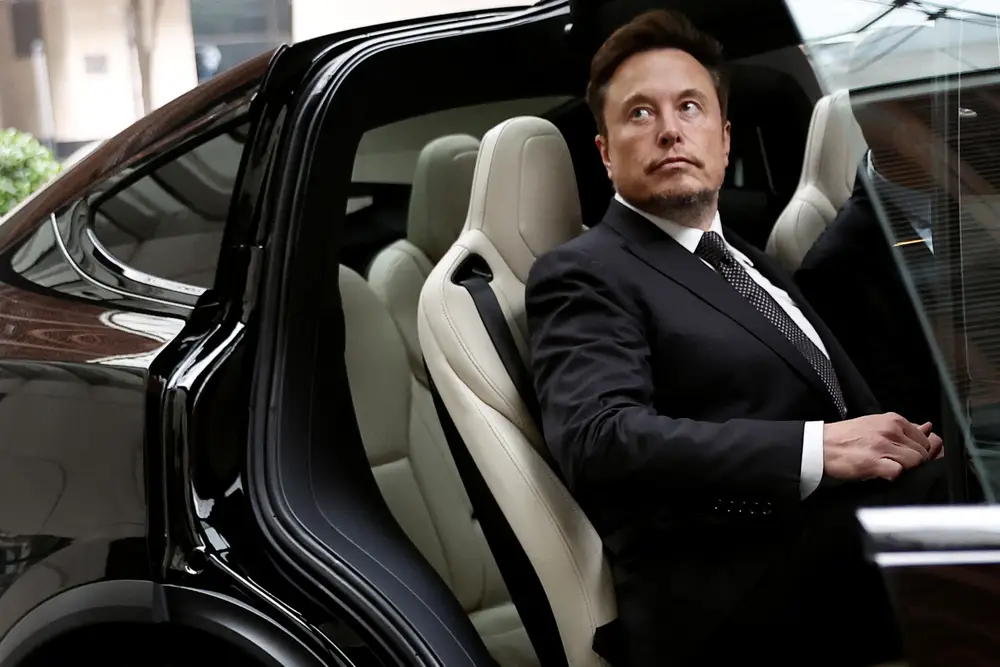
In 2015, Elon Musk told shareholders that Tesla cars would reach “full autonomy” within three years. In 2016, he said Tesla cars could drive across the country without any human intervention by the end of the following year.
Tesla can’t yet offer robotaxis, self-driving cars, or technology that turns cars into “level 3” autonomous vehicles. However, it does offer advanced driver assistance systems (ADAS), including a standard Autopilot option or a full self-driving (FSD) option. FSD costs $199 per month for U.S. subscribers or $12,000 upfront.
In an effort to boost end-of-quarter sales, Musk recently required all sales and service employees to install and demo FSD to customers before handing over the keys. “Almost no one actually realizes how well FSD (monitored) actually works,” he wrote in an email to employees. “I know this will slow down deliveries, but it’s a tough ask nonetheless.”
Despite its name, the FSD feature still requires a person behind the wheel to be ready to steer or brake at any time.
Alphabet’s Waymo self-driving car unit operates commercial, driverless ride-hailing services in Phoenix, San Francisco and Los Angeles, and is ramping up operations in Tesla’s home turf of Austin, Texas. Waymo also recently signed a multi-year partnership with Uber, and its robotaxis will deliver food for Uber Eats in Arizona. In China, Didi’s self-driving unit operates commercially in markets including Guangzhou. Companies including Wayve in the UK and Zoox in the US are testing their own robotaxis.
The crowded auto market has left some names with bitter consequences. Last week, media reported that Apple was shutting down its self-driving car division and laying off about 600 employees. GM’s Cruise had been offering a self-driving car service in San Francisco before coming under regulatory scrutiny after a crash. Since the incident, Cruise’s robotaxi fleet has been suspended, local and federal authorities have launched their own investigations, and Cruise’s leadership has collapsed.
At Tesla, an “announcement” date doesn’t mean a commercial launch date for a new product is coming in the near future. For example, Tesla unveiled its all-electric heavy-duty Semi truck in 2017 but won’t start deliveries until December 2022. The Semi is still in small production runs and has sold very few to date.
(According to CNBC)
Source



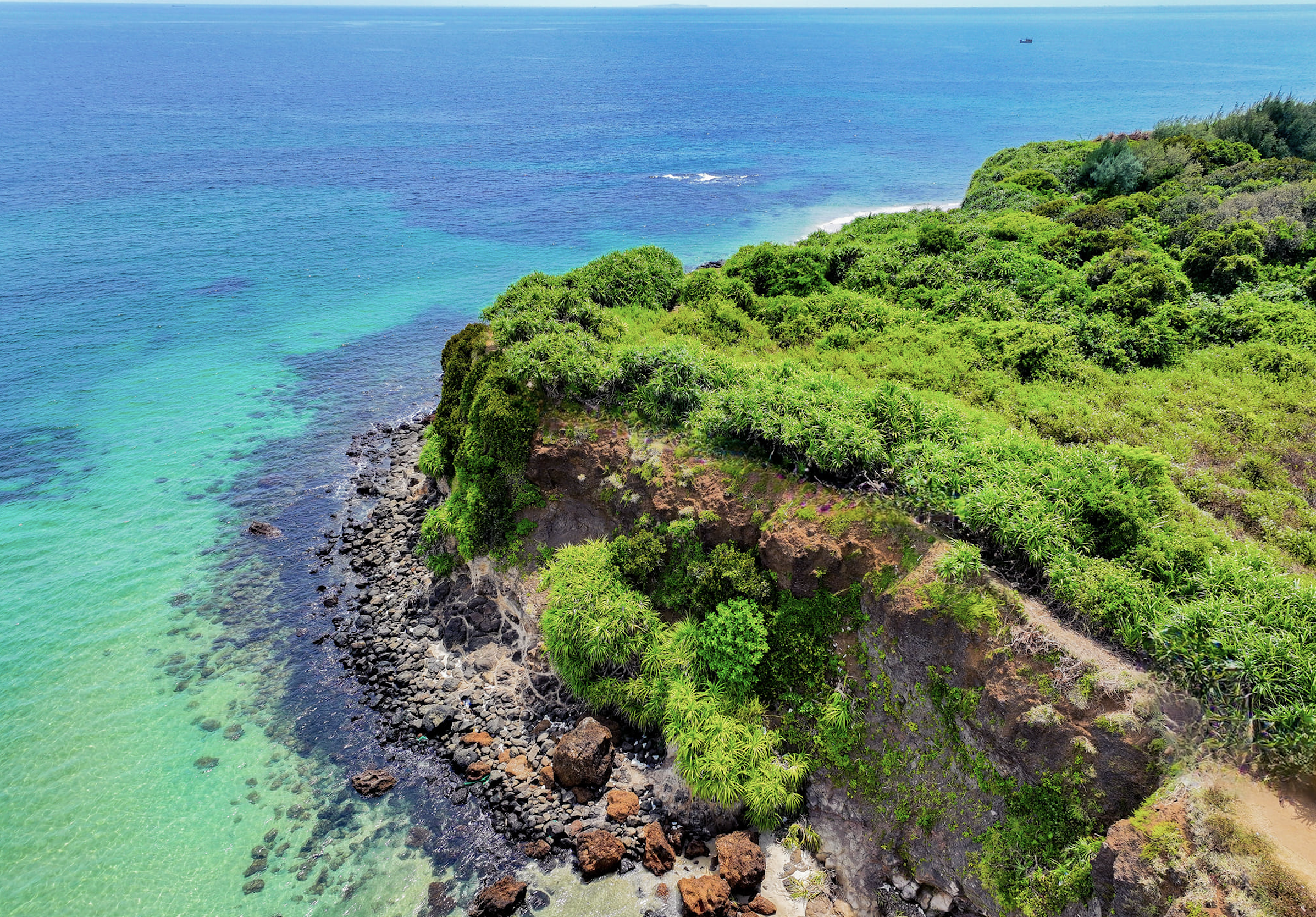

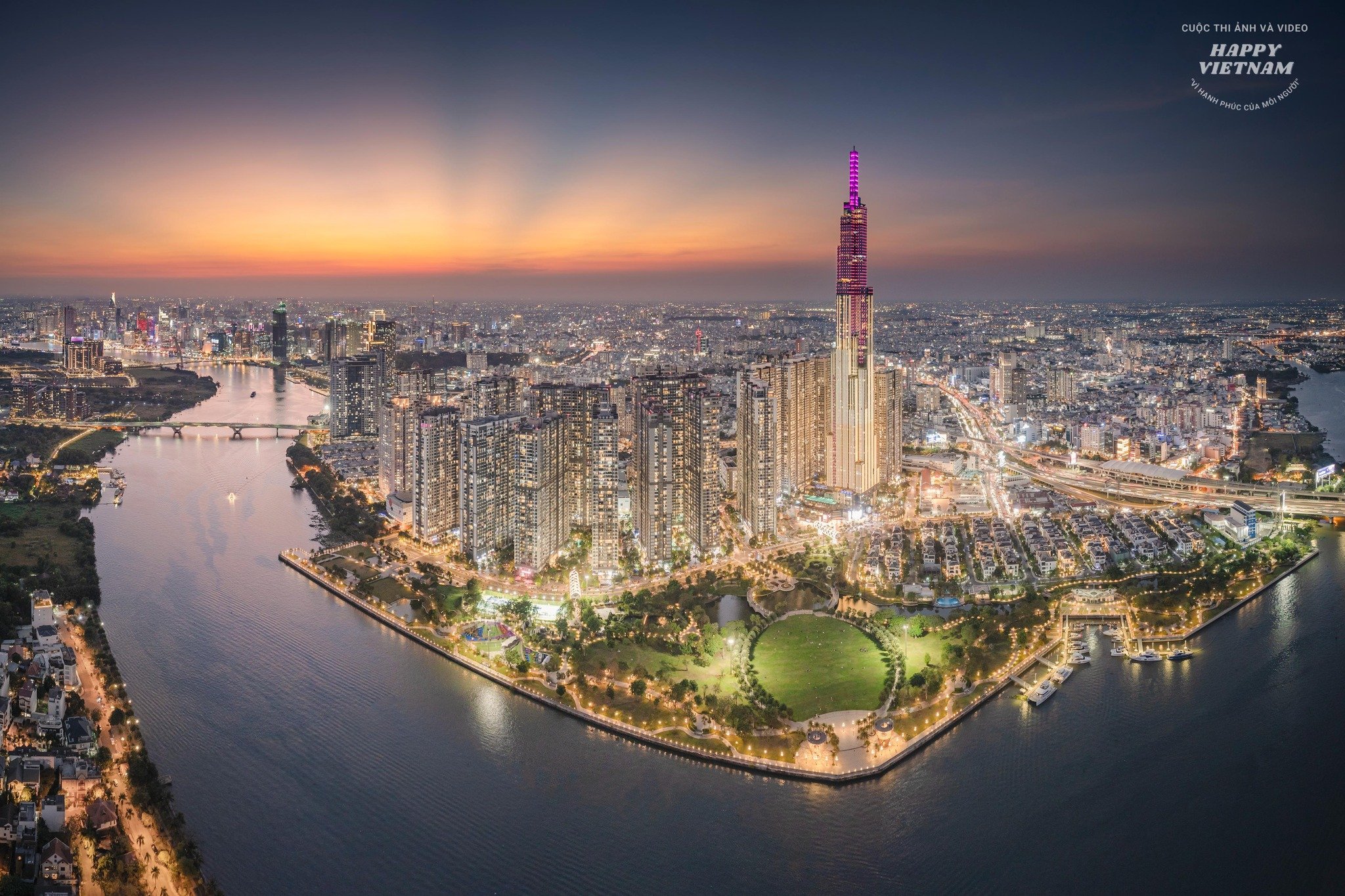


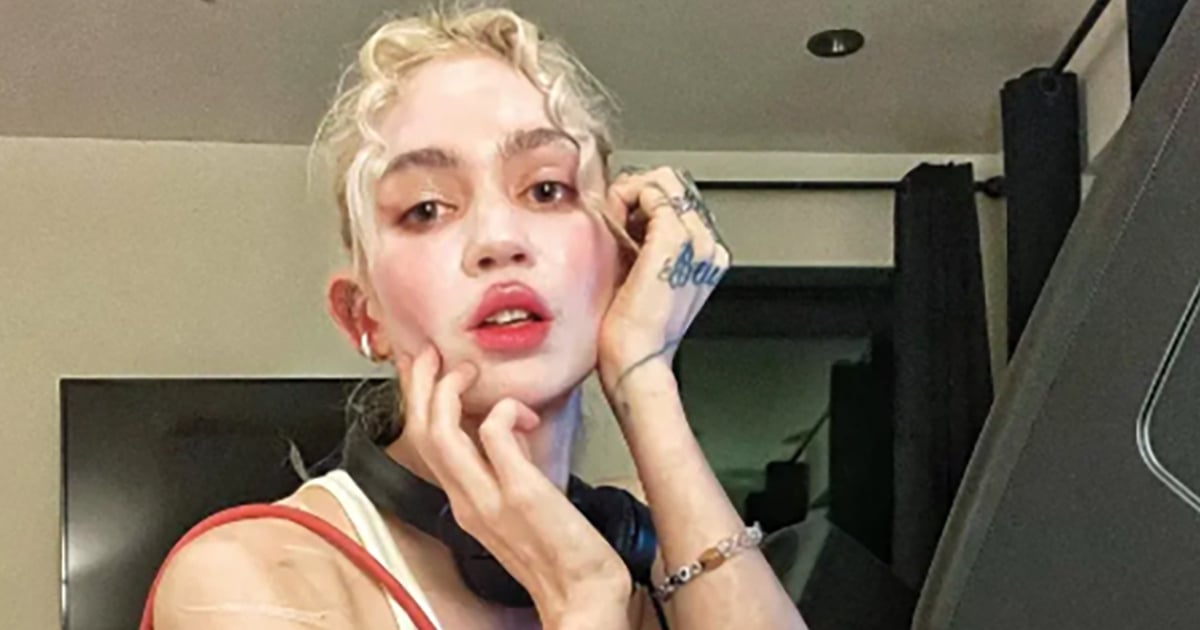

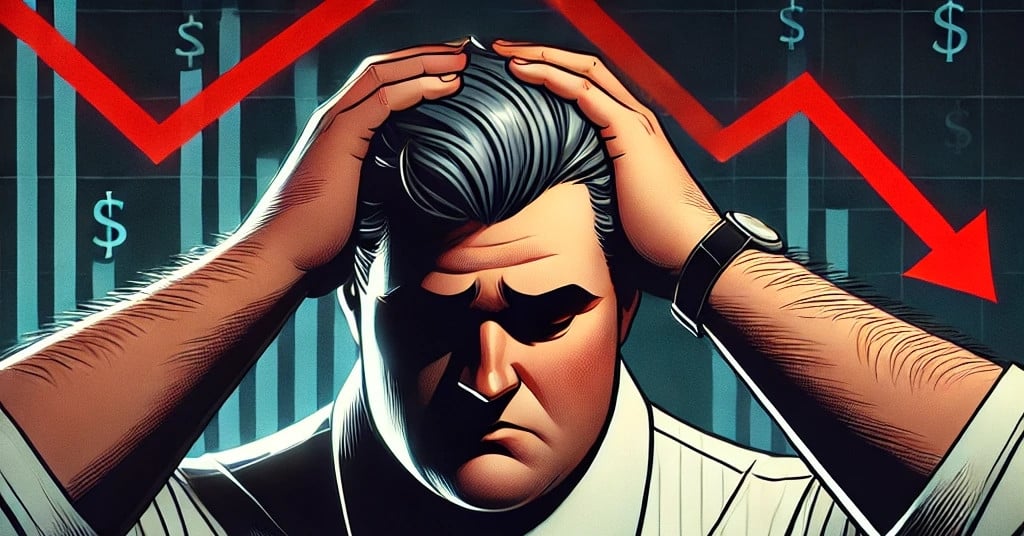
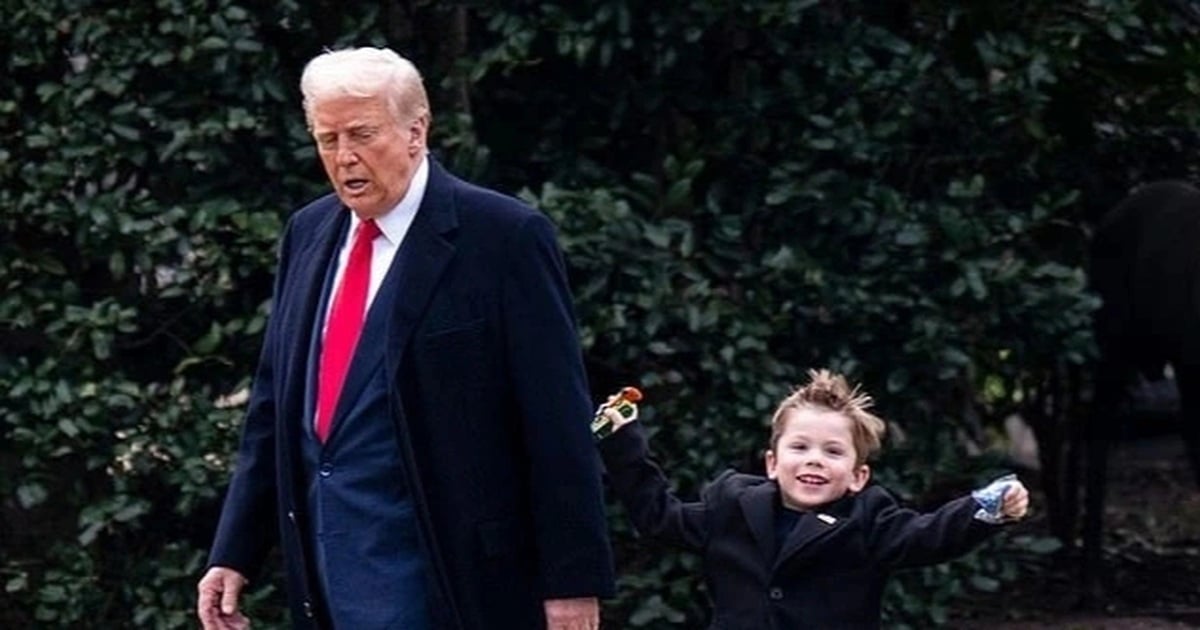

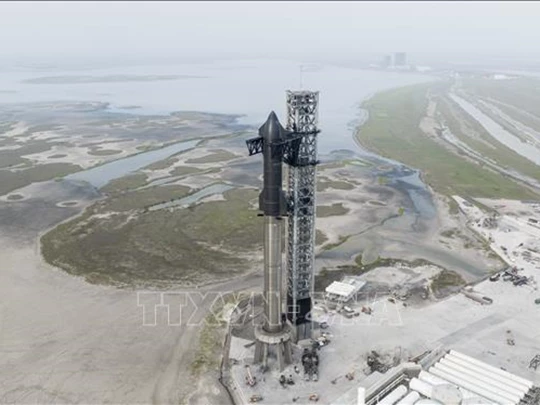

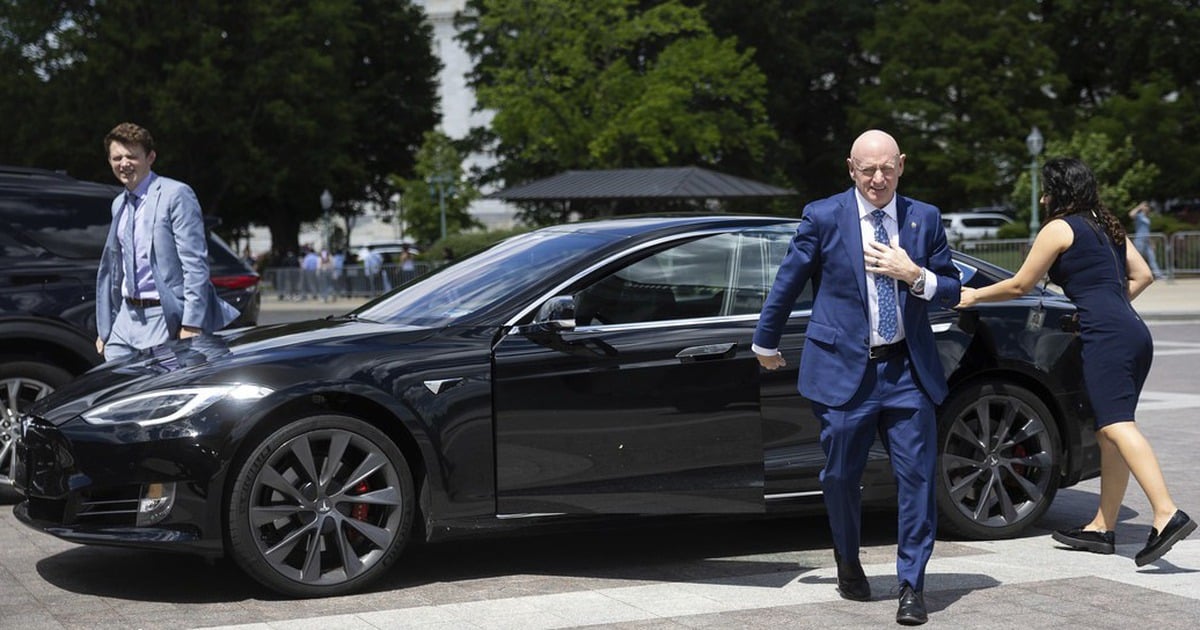

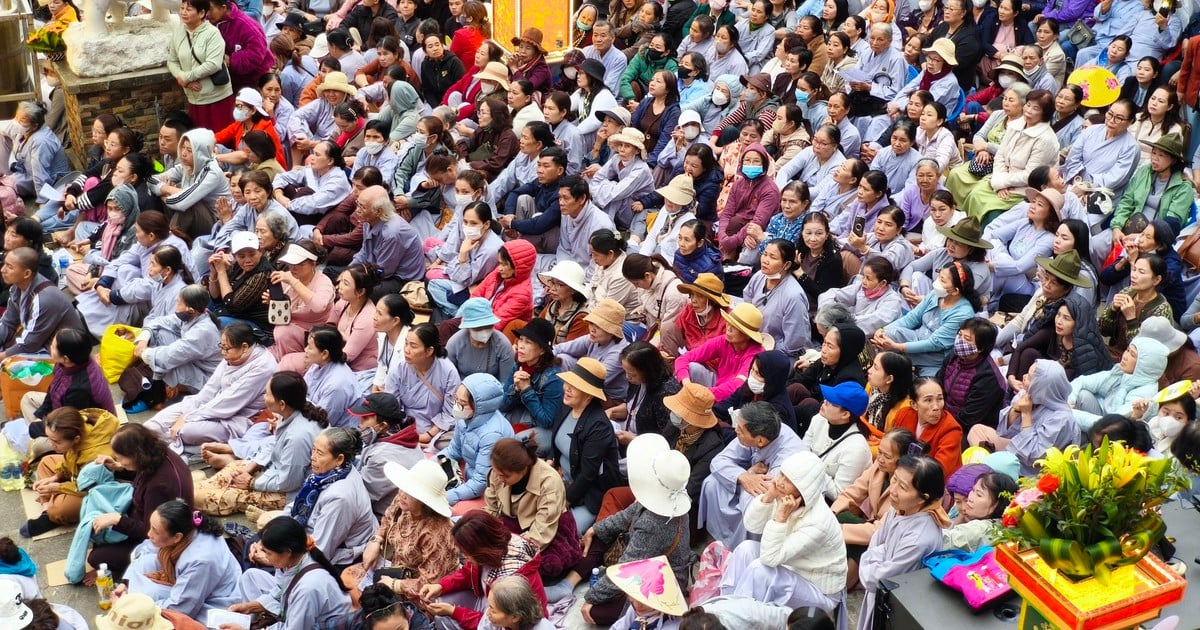


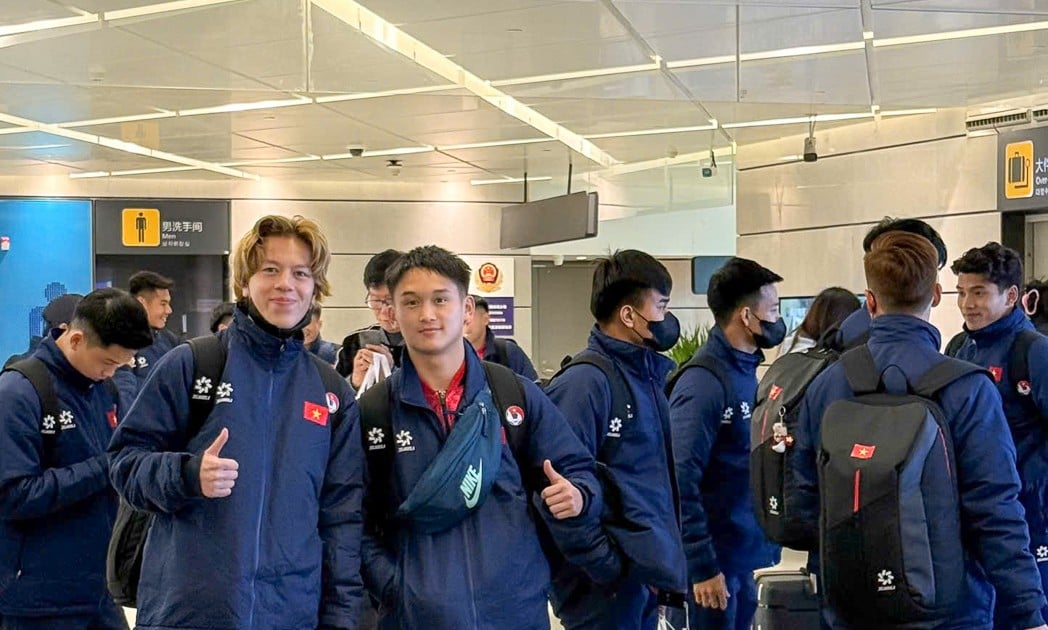

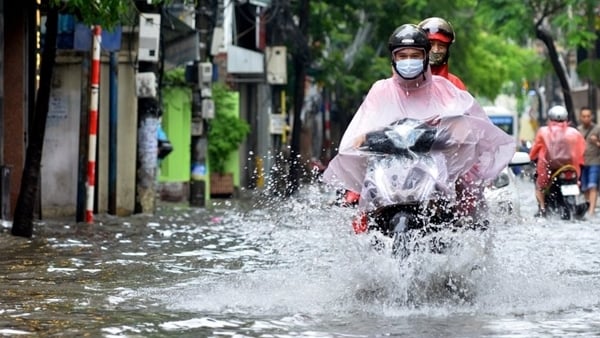

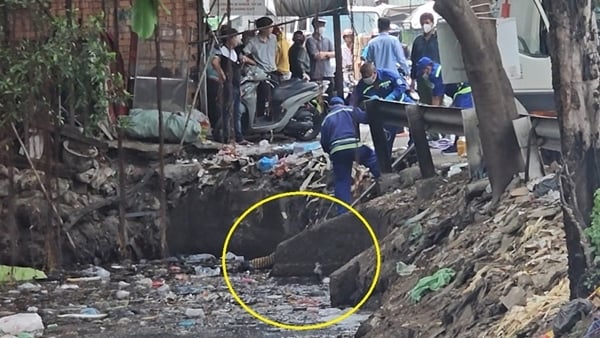
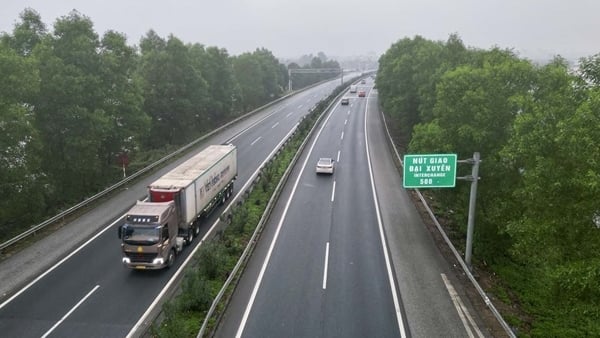

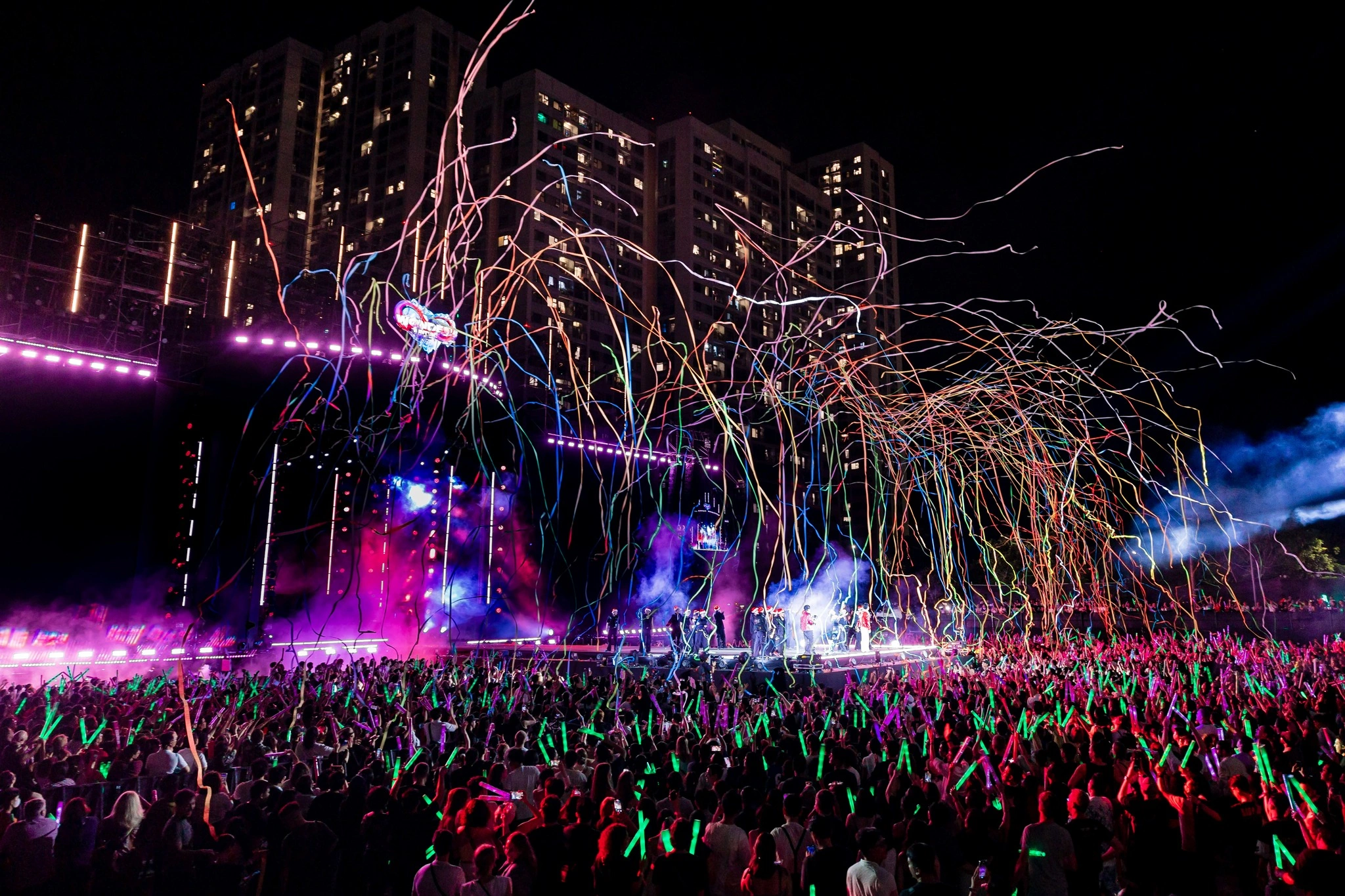
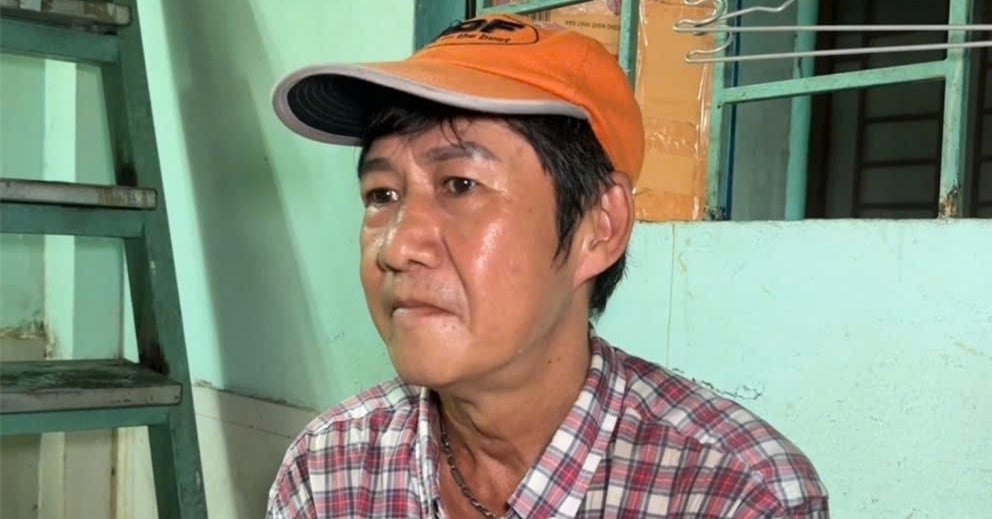
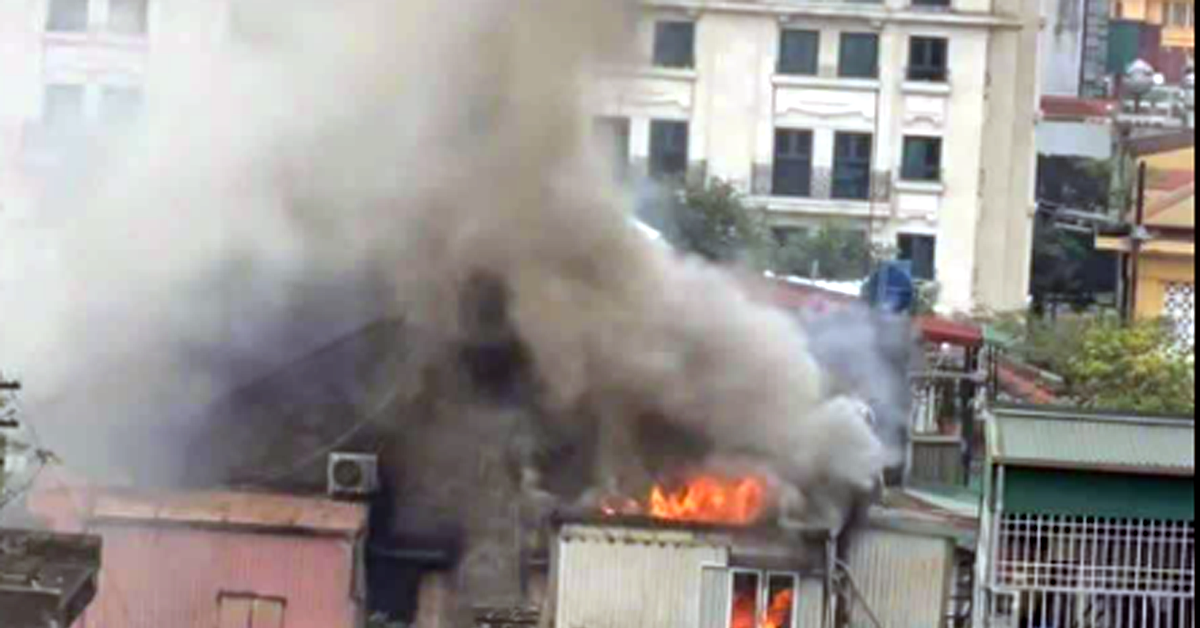
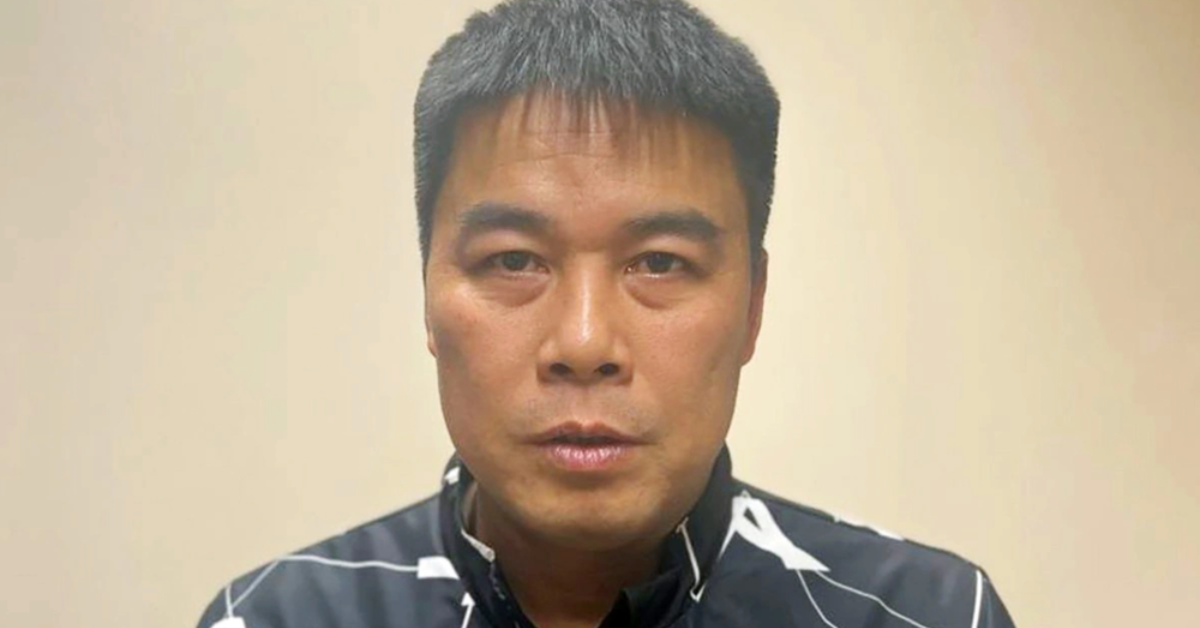

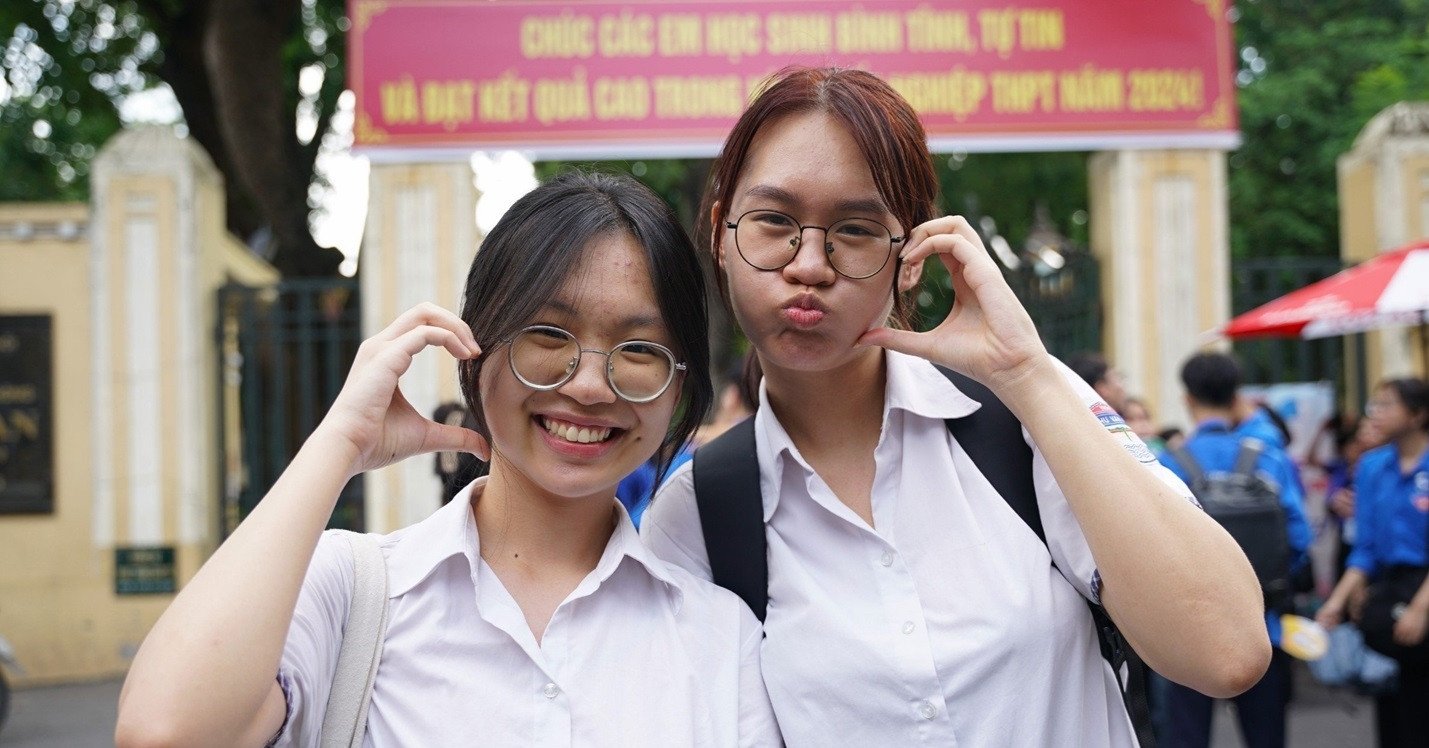
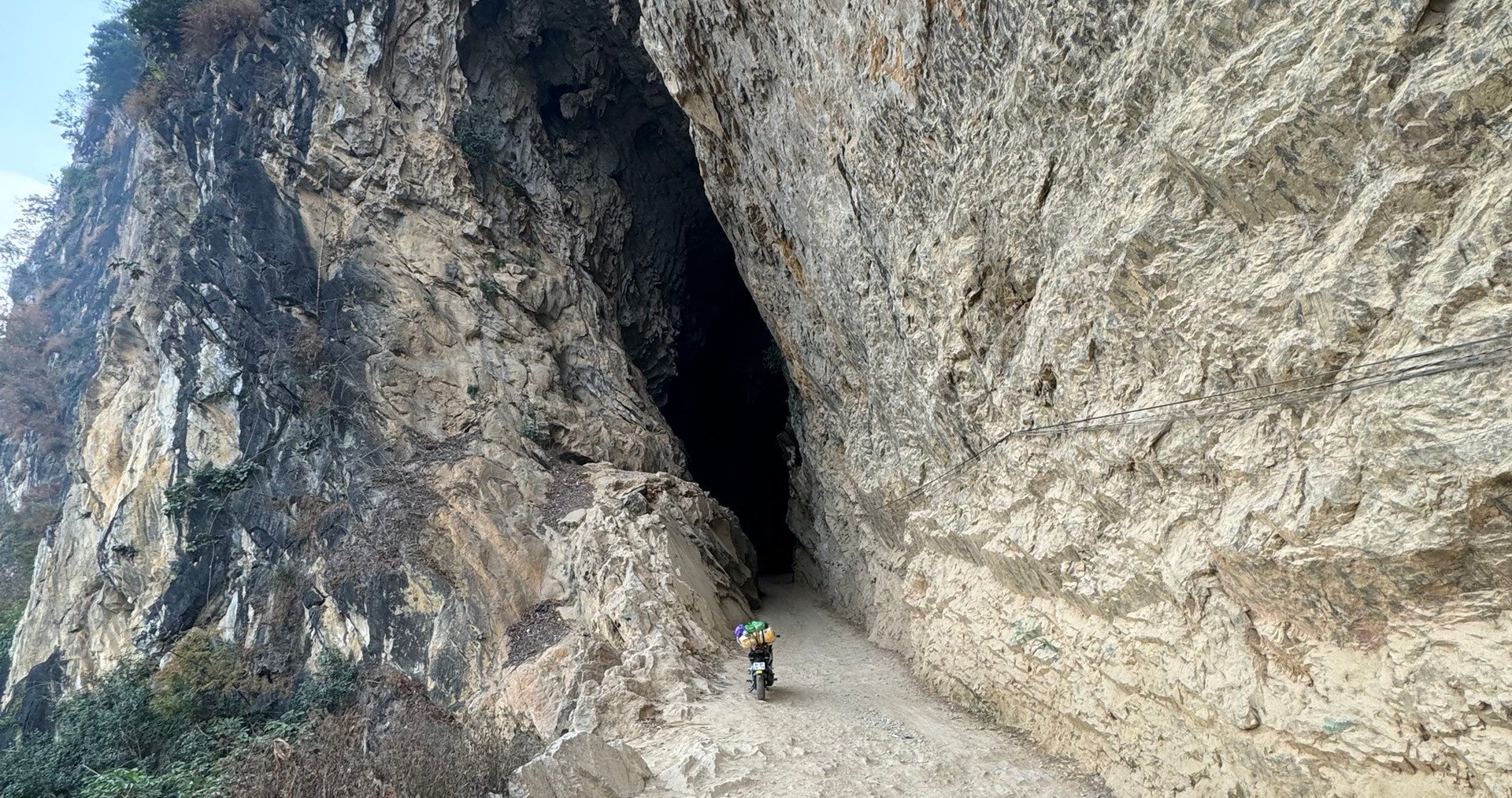



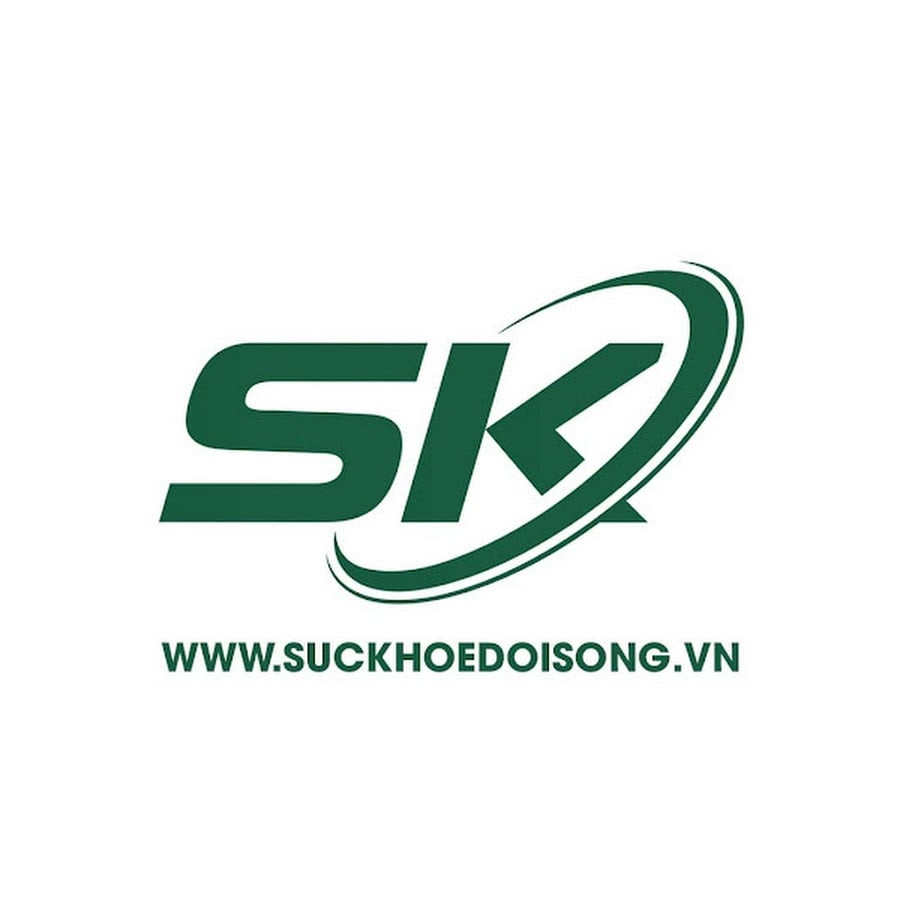


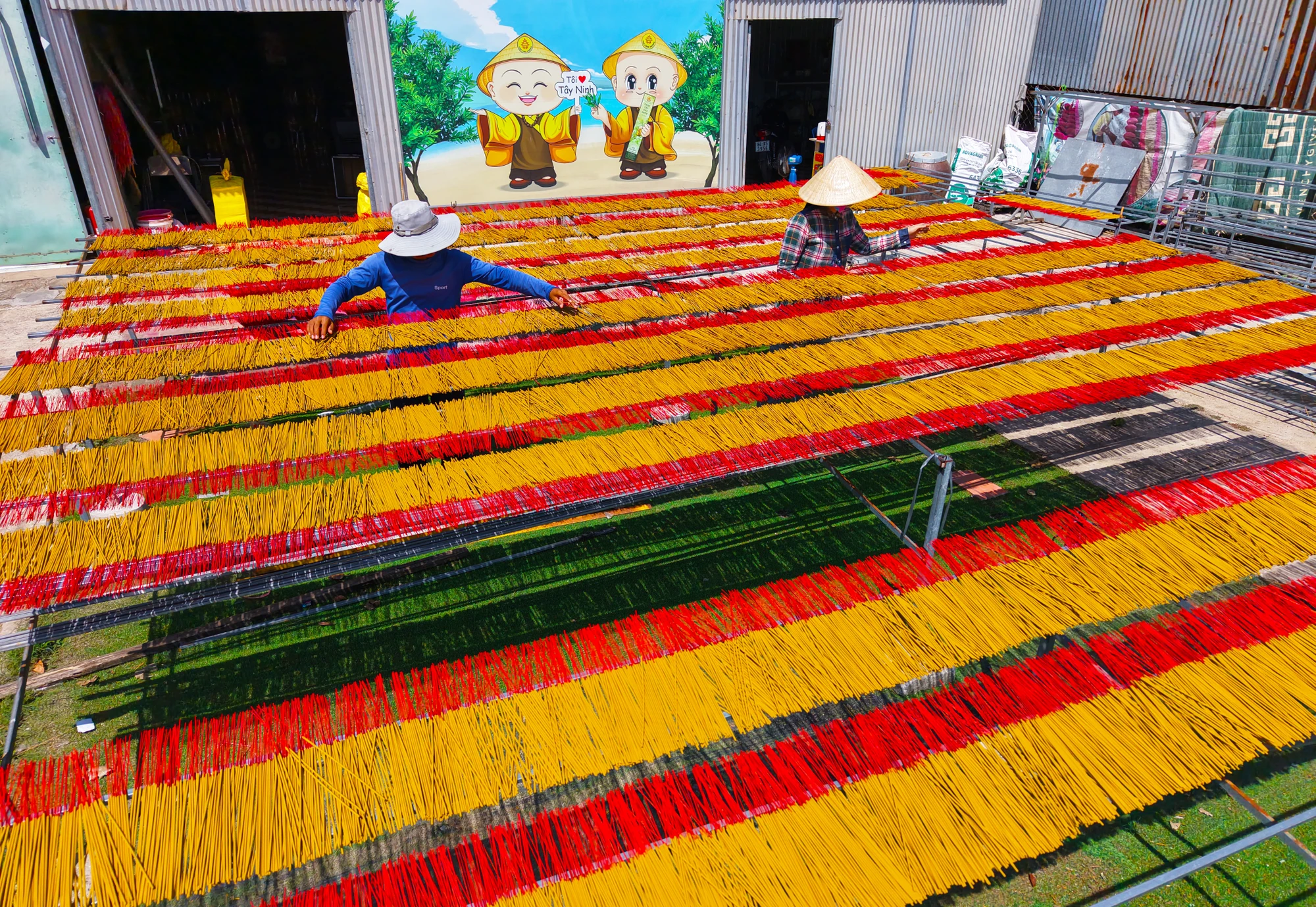





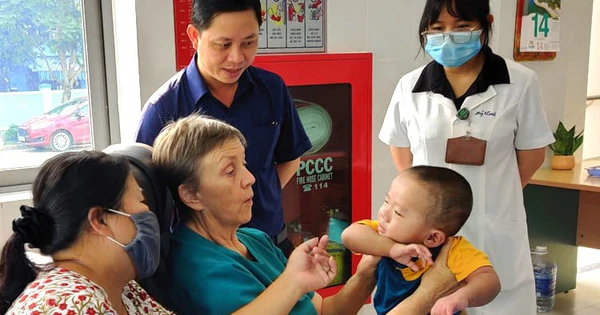

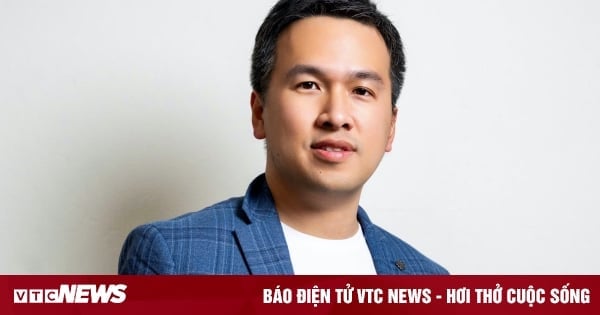

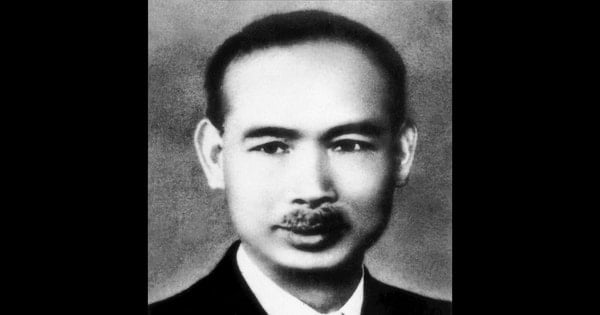

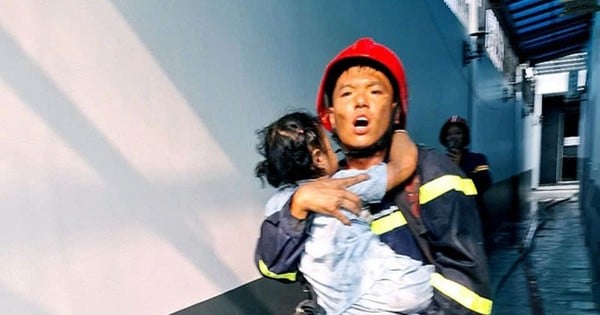

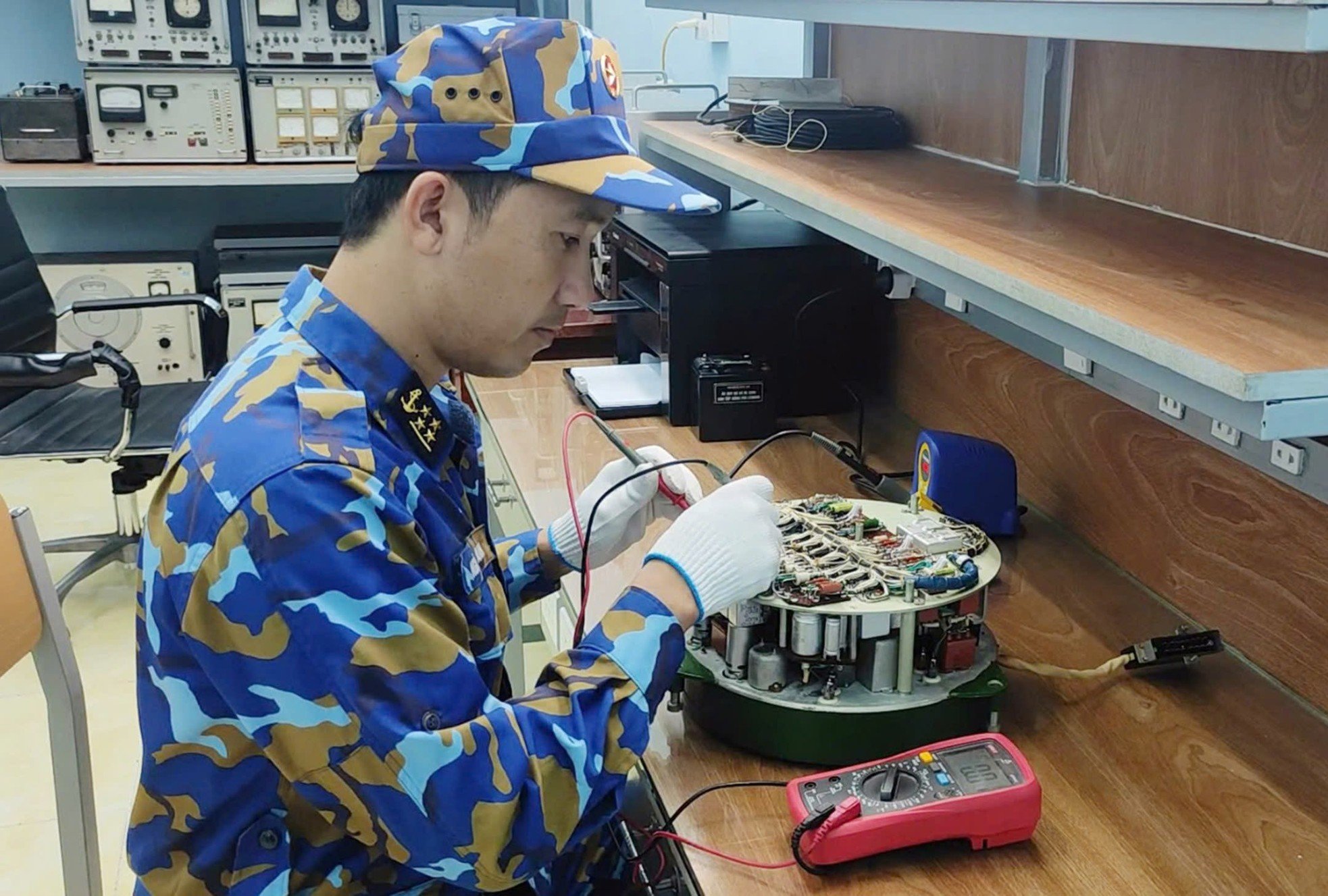










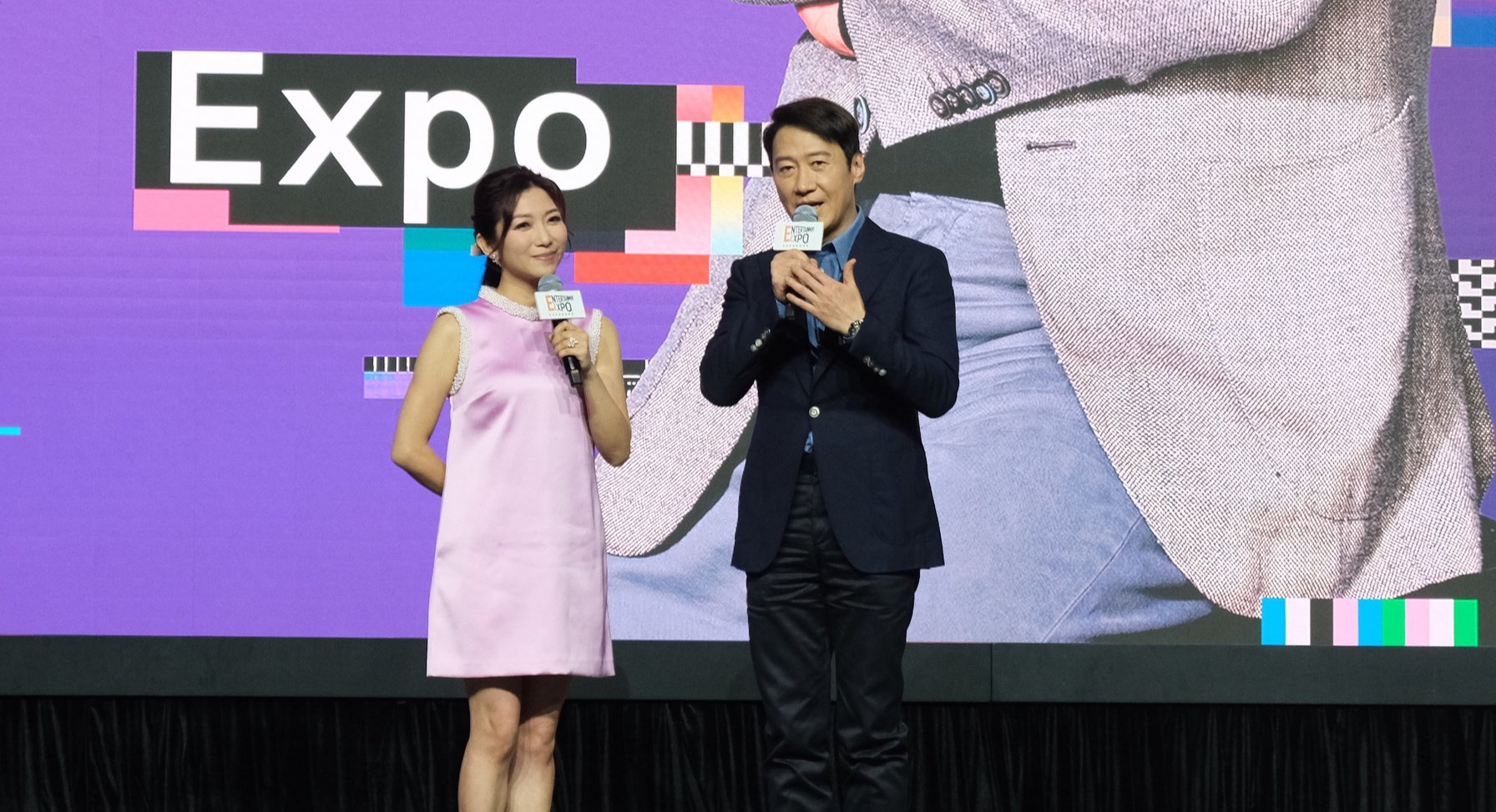
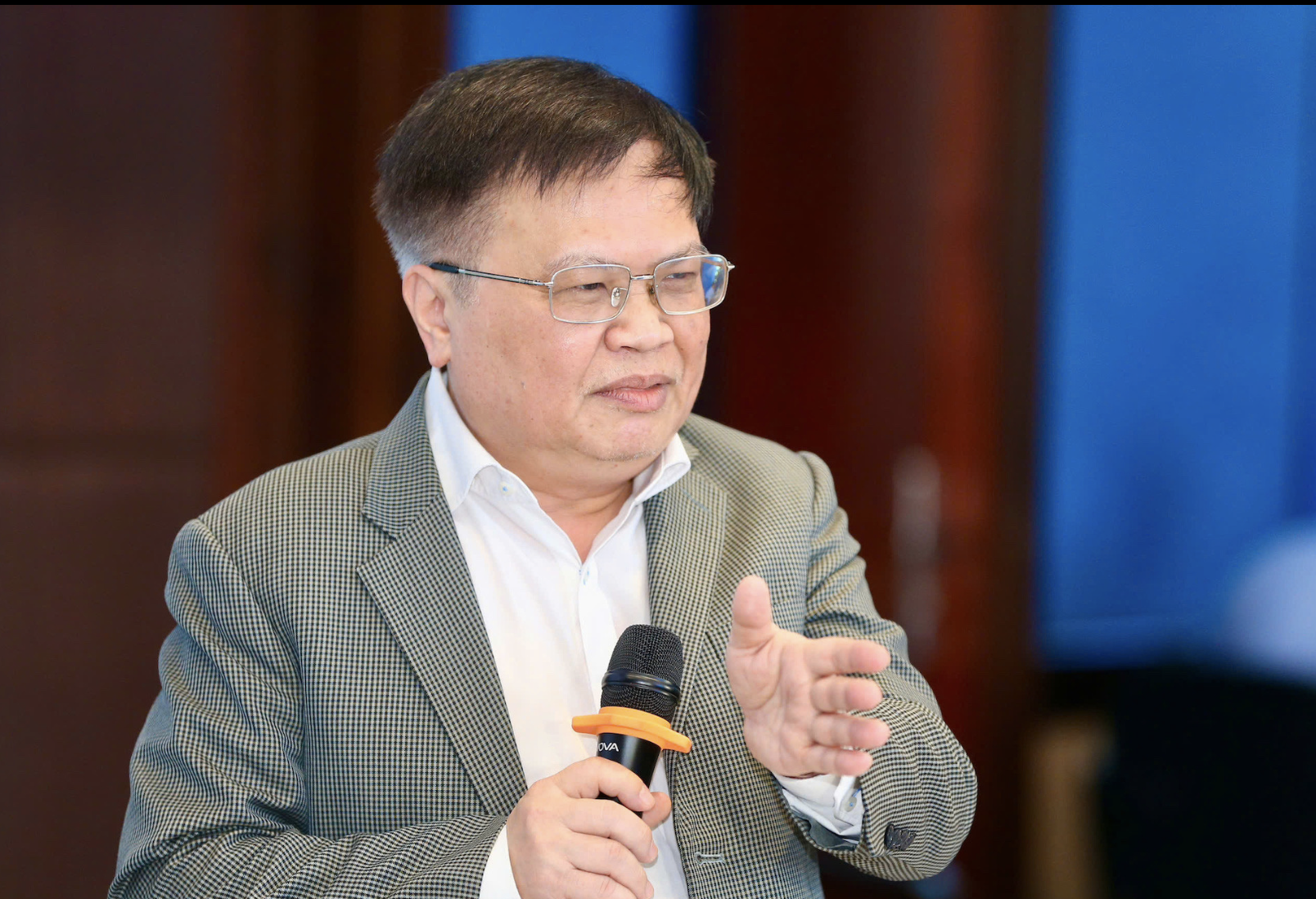

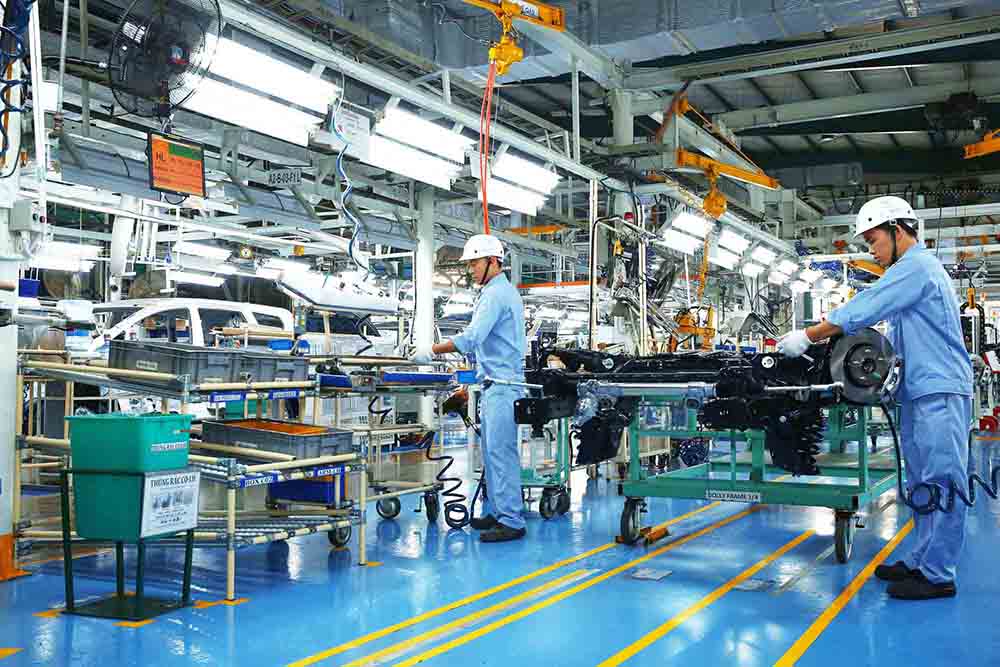




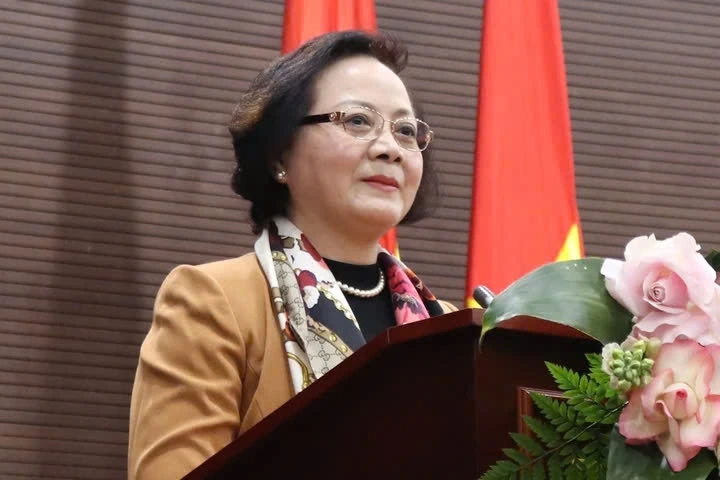

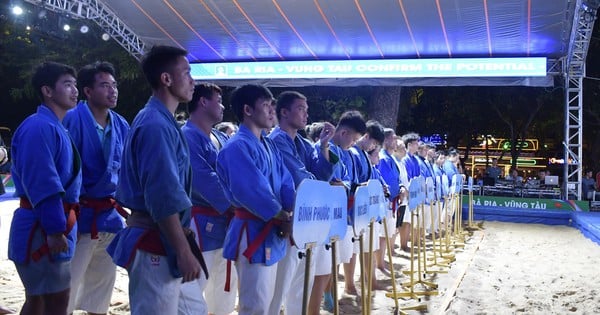







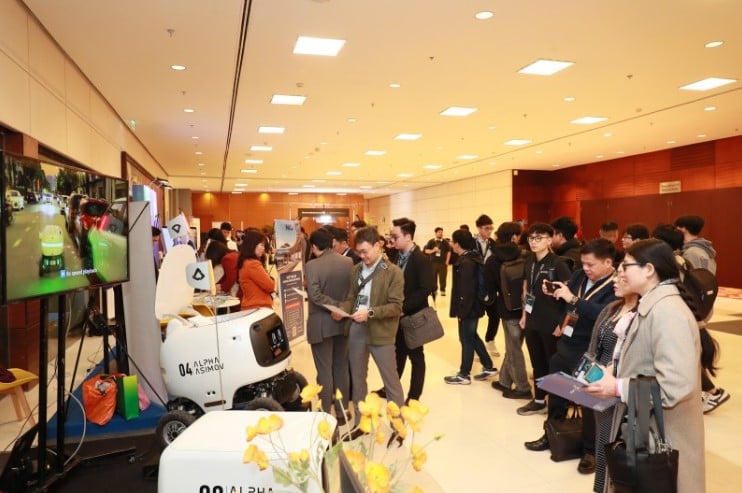
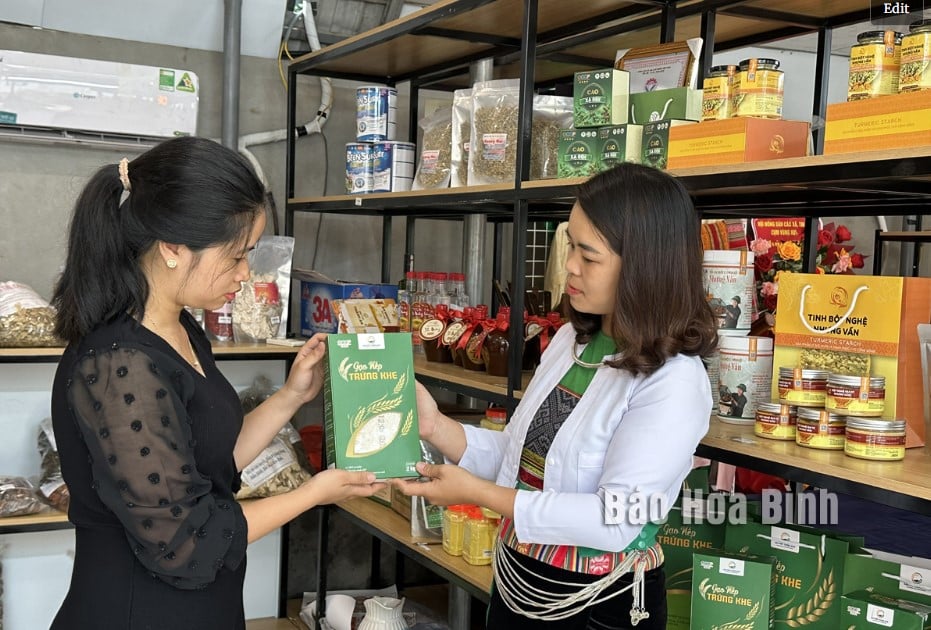

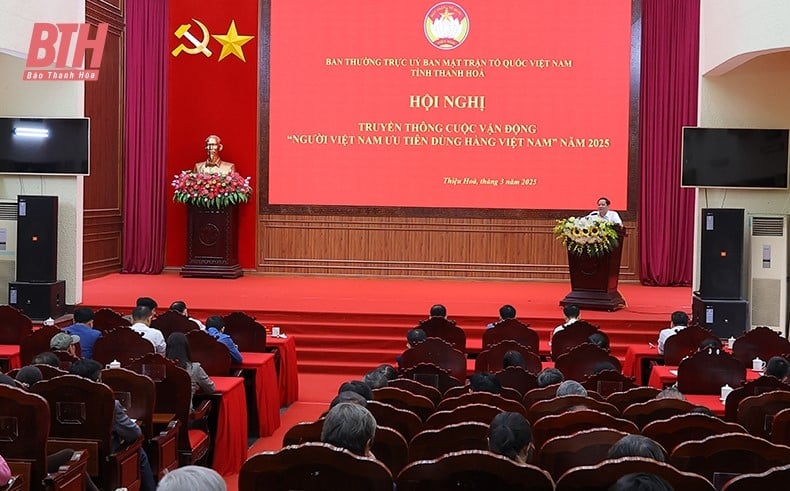

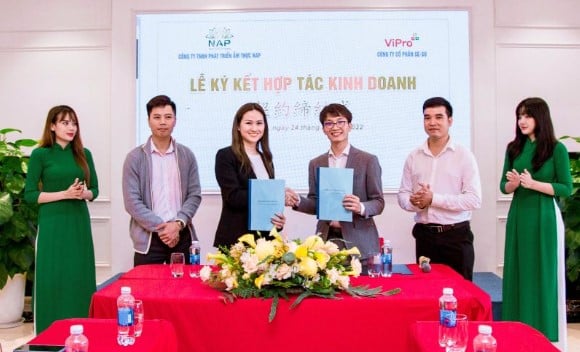
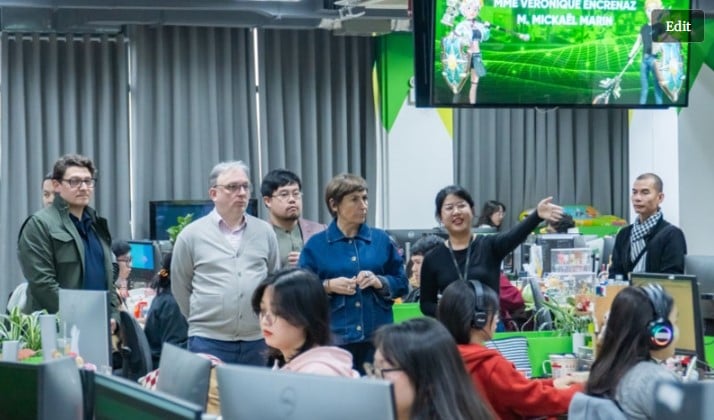


Comment (0)